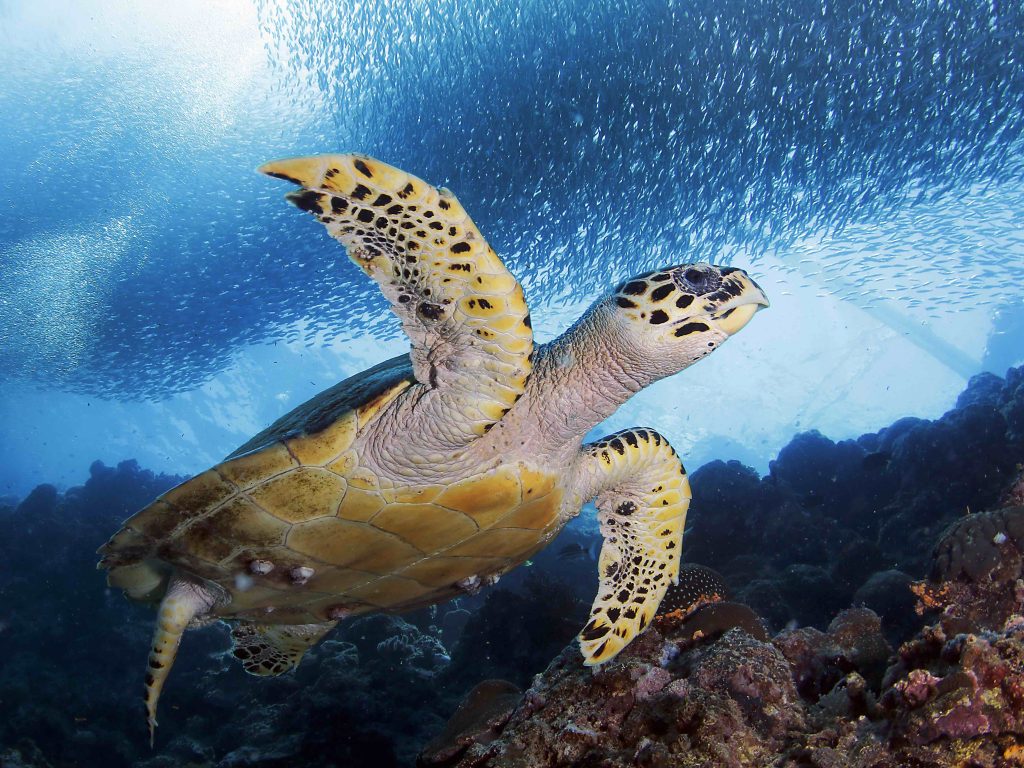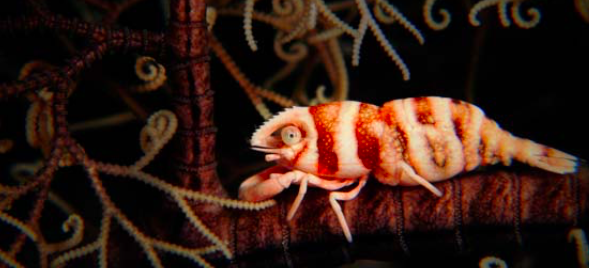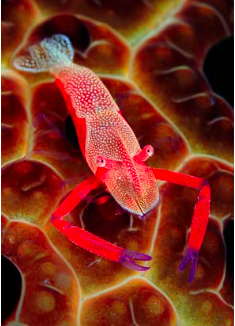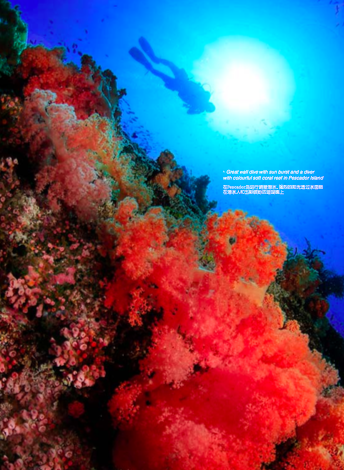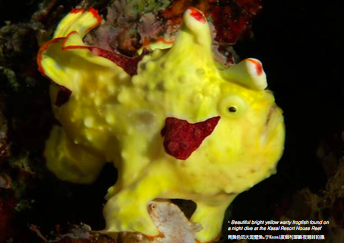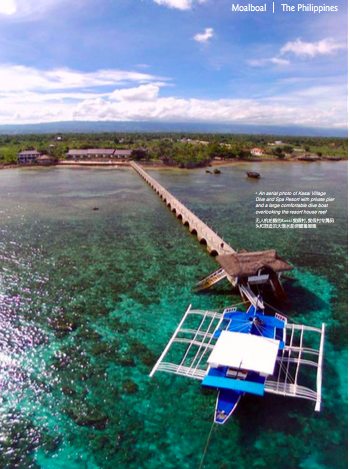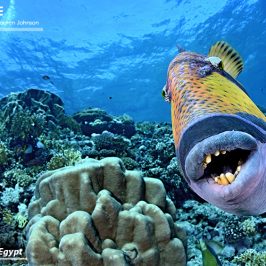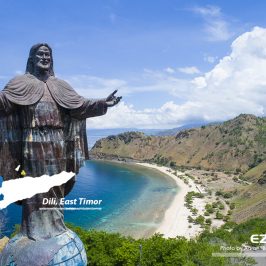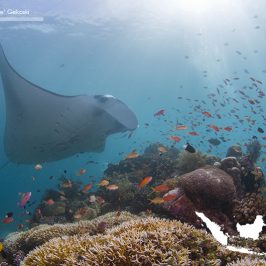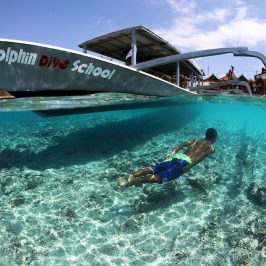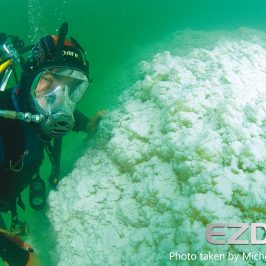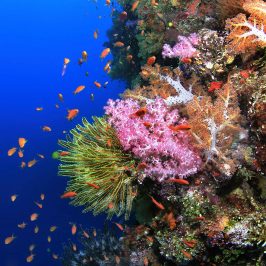Mystery shrouds the origins of the large congregation of sardines in Moalboal, attracting tuna, belt fish, and even thresher sharks. Each time predators try to close in on these sardines, they ebb and flow in beautiful formations.
Text & Photos by Ken Thongpila
A laid back town with good food and drink, Moalboal located on the southwest of Cebu island is blessed with beautiful white sandy beaches and home to one of the world’s best sardine runs. I’ve always wondered what it would feel like to be diving alongside these fish. Moalboal had been a destination on my bucket list since I started diving, and Kasai Village Dive and Spa Resort popped up as it is often covered in magazines, online reviews and recommended by diver friends.
My journey to Moalboal was very easy via ferry that shuttles every hour from Dauin, Negros Oriental, taking only 30 minutes from Sibilant pier to Liloan pier. At the Liloan pier, I was greeted by the Kasai staff waiting for me in a comforable van for our 90 minutes journey to the resort.
The Kasai Dive Center is located at the start of the resort strip, and divers are alloted their own stations for diving equipment. The camera room is fully equipped with good lighting and power outlets for both compact and dslr camera users. Also, Kasai is the only resort in Moalboal with rebreather faclities for technical divers who prefer diving without bubbles.
Diving Moalboal is a breeze as Kasai has its own pier behind the resort, and it is easy to get in and out of the water when diving on the house reef. The diving boat is large, comfortable and fast and it takes between five and 30 minutes to get to any of its popular divesites. Moalboal is suitable for divers from beginner to advance for divers to either enjoy shallow dives with sardines or go deeper to 30m cave dives.
- Panagsama Point or Panagsama Reef is where divers engage in the famous sardine run. In the early days, the sardines found a haven in Pescador Island but they disappeared for a few years for some reason, and recently regrouped at Panagsama Reef. This dive site is excellent for beginners and for divers who like a variety of big and small marine life, such as giant frogfish, turtles, and also lots of different species of nudibranch. The gargantuan school of sardines stretch in a close-knitted band from about three to 15 m. Photographers usually take an elevated angle of the sardines from a deeper depth.
- Pescador Island is now a highlight in Moalboal for its variety of coral reefs consisting a mix of hard and soft coral in great visibility, perfect for divers of any level. This island has two of my favourite dive sites: Cathedral Cave and Pescador South.
- Cathedral Cave is an excellent opportunity for photographers who love to shoot with ambient light from inside the cave. This site has a depth from five to 65m. Inside the cave at around 32m, I looked through the lens saw imagined a phantom, and I do believe other photographers experienced the same aura as well. Outside of the cave there is a variety of soft coral, frogfish, snapper and tuna.
- Pescador South is a beautiful divesite for shooting wide-angle photos. There are hard corals, large sponges and soft coral covered by clouds of Anthias. Other small fish can be found around five to 10m and then transforms to become a wall dive with a steep dropoff to 65m. This site occasionally presents a medium current which makes a great drift dive. It is very relaxing and an feast to the eyes as you drift along the beautiful reef.
- Kasai House Reef or Kasai Wall is right in front of the resort pier, so simply walk into the water. for an easy dive in shallow water where the most critters are, and you can easily spend 90 to 120 minutes each dive. Make sure you have enough batteries in your camera, light and strobe. The best time to go diving is at 5:30pm. The top of the reef is around three meters and then the wall drops to over 40 meters. There are table corals, tube corals and staghorn corals. It is the perfect place for Mandarin fish to hide during the day and come out to mating at twilight. Also schools of sardine swim past around this time but within a fleeting moment.
On top of the reef we spotted some ghost pipefish blending in seamlessly among the corals and scores of tiny fish, nudibranch and frogfish in the shallows. At nigh basket stars bloom atop hard coral and on closer inspection I found a basket star shrimp inside each of these basket stars, but it was difficult to photograph. Also at night common squids and bobtail squids can be found here. Just at the end of my first night dive at the house reef, our dive guide Toto shone his torch out in the mid water and showed me one squid that came out for play.
Not many divers mention macro photography in Moalboal but I found some great dive sites for macro subjects especially at Kasai House Reef. Moalboal is perfect for divers who like both macro and wide angle subjects. I had a great experience diving with sardines and I hope they will stay in Moalboal for very long time to come.
Getting there:
Most major airlines fly to Manila and transfer to Cebu via a short domestic flight. Some international airlines like Cebu Pacific Airline, Silkair and Air Asia fly direct flight to Cebu. The resort provide transfers from the airport and it should take three hours’ drive to the resort depending on traffic.
Best time to dive:
Diving In Moalboal is conducted year round. The waters is calmest from April to June. Between September and December the Philippines are sometimes hit by typhoons but Moalboal is often sheltered by surrounding islands. A three mm wetsuit is a good idea as water temperature is around 26 – 28°C.
Dive Operator
Kasai Village Dive and Spa Resort
Savedra Dive Center

